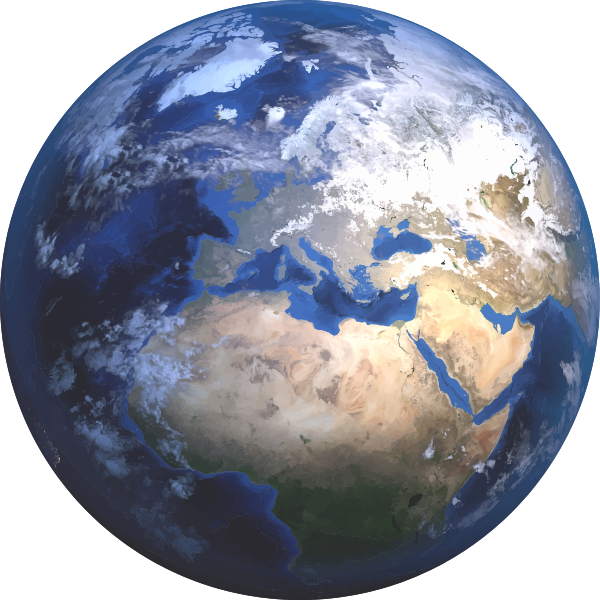

The population density was 74.8 per square mile (28.9/km 2). census data 2020 Census Blue Earth County Racial Composition RaceĪs of the census of 2000, the county had 55,941 people, 21,062 households, and 12,616 families.

Some spots that surround the rivers are oak openings and barren brushland.Īge pyramid of county residents based on 2000 U.S. Most of the county is grassland prairie but scattered parts are wet prairie. The rivers that flow out of the northeast are surrounded by these big woods. There are many "closed forest savannas" that some call the big woods in the county's northeast. The land surface is relatively flat with over 30 lakes in the county. The Blue Earth River and Le Sueur River flow through a part of the county. The county has an area of 766 square miles (1,980 km 2), of which 748 square miles (1,940 km 2) is land and 18 square miles (47 km 2) (2.3%) is water. Its southwest corner is 1,086 ft (331 m) above sea level. The county terrain consists of low rolling hills, with the area (except around built-up zones, and in areas carved by runoff) devoted to agriculture. The Le Sueur River also flows west-northwesterly through the SE part of the county, discharging into the Blue Earth River. The Little Cobb River flows northwesterly through the southeastern part of the county, meeting with the Cobb River which flows northerly through the lower part of the county into the Blue Earth River. The Watonwan River flows northwesterly through the northeastern part of the county, discharging into the Blue Earth. It is joined by the Blue Earth River, which flows northerly through the western central part of the county. The Minnesota River flows southeasterly along the western part of the county's northern boundary line. In 1868 the railroad's arrival promoted the county's growth and development by bringing immigrants and goods to the area. Starvation on the reservation and the lack of timely arrival of government annuities led to the Dakota War of 1862, followed by removal of all Native Americans from the county. On May 24, 1855, they relocated and became so successful at farming that neighboring American settlers coveted their land.īlue Earth County is near the Lower Sioux reservation, which was created in 1858. On February 27, 1855, the Winnebago (Ho-Chunk) ceded 897,900 acres of their reservation near Long Prairie in exchange for 200,000 acres on the Blue Earth River. That October the first election was held, with 22 ballots being taken. The first government officials were appointed by Alexander Ramsey, the territorial governor.
#BLUE EARTH 2 FREE#
The county of Blue Earth was created after a division of the Minnesota Territory on March 5, 1853, from portions of Dakota County and free territory.

The ratification of the Mendota and Traverse des Sioux treaties in 1851 effectively forced the eastern Dakota to move to nearby reservations. Johnson and Henry Jackson, debarked and settled in present-day Mankato. Paul, traveled on the Minnesota River and came to the Blue Earth River.

In 1850 the first steamboat trip, starting in St. When Minnesota became a territory in 1849, the territorial government became interested in settling the river valley. The area remained under French control until 1803 when it passed to the United States in the Louisiana Purchase. He made an unsuccessful attempt to mine copper from the blue earth. French explorer Pierre-Charles Le Sueur was an early explorer in this area, arriving where the Minnesota and Blue Earth rivers meet. The area of Blue Earth County was once occupied by the Dakota Indians. ( May 2016) ( Learn how and when to remove this template message) Unsourced material may be challenged and removed. Please help improve this article by adding citations to reliable sources in this section. This section needs additional citations for verification.


 0 kommentar(er)
0 kommentar(er)
